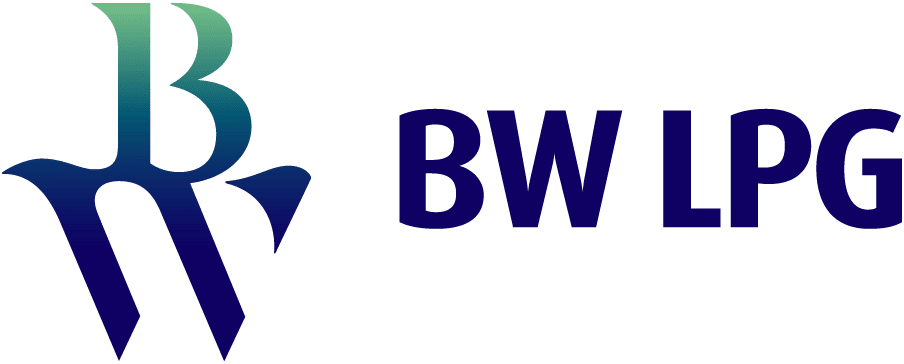Material Topic for BW LPG
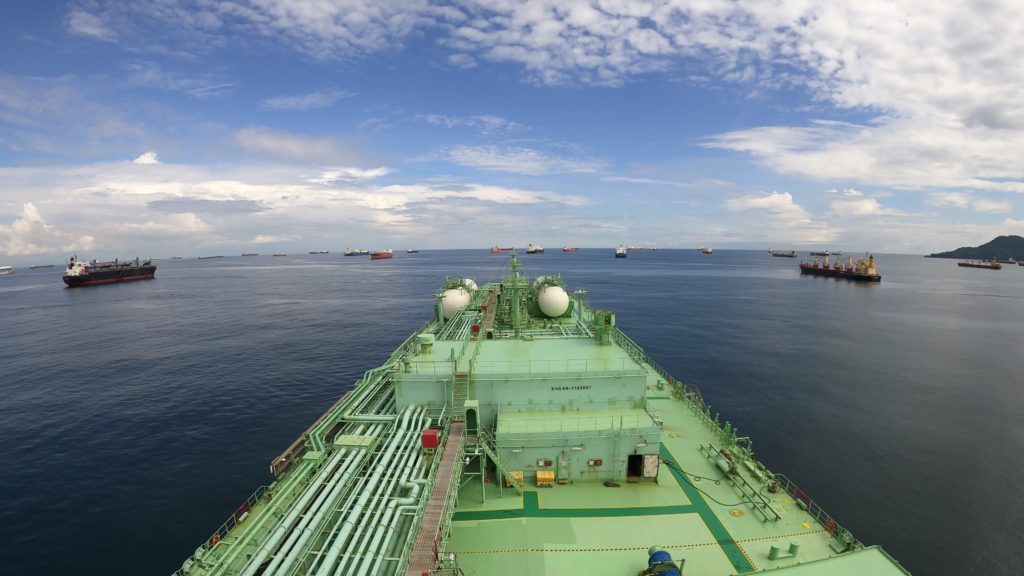
Towards Net Zero
Carbon Emissions
Risk
More stringent international regulations meant to combat emission levels can impact the types of fuel used and lead to early retirement of assets. In the long run, unchecked emissions can contribute to extreme weather events which can disrupt operations.
Commitment
We commit to Improve energy efficiency and reduce GHG and toxic emissions from our operations in a safe and cost-efficient manner.
Value
Our commitment to limiting our emissions mitigates our environmental impact, ensures compliance with regulations, and fosters long-term sustainability for the industry.
Approach
Greenhouse Gas and Toxic Emission Management
The proactive management of energy and emissions within our operations is complementary to our climate change and decarbonisation transition plans. This includes the limitation and reduction of emissions, covering both greenhouse gases (GHG) under Scope 1, 2, and 3, as well as toxic gases such as sulfur oxides (SOx), nitrogen oxides (NOx), and particulate matter (PM) released from our existing assets and operations.
Energy Management
We commit to minimise and reduce energy consumption across existing assets, emphasise energy efficiency measures to optimise operational processes and implement fuel consumption management practices.
Energy management and emissions are interlinked within our operational framework. Many initiatives addressing energy and emissions management inherently overlap, reflecting the holistic approach required for effective and integrated sustainability strategies. By jointly addressing these aspects, we streamline efforts and implement comprehensive measures that contribute significantly to our environmental goals and overall sustainability objectives.
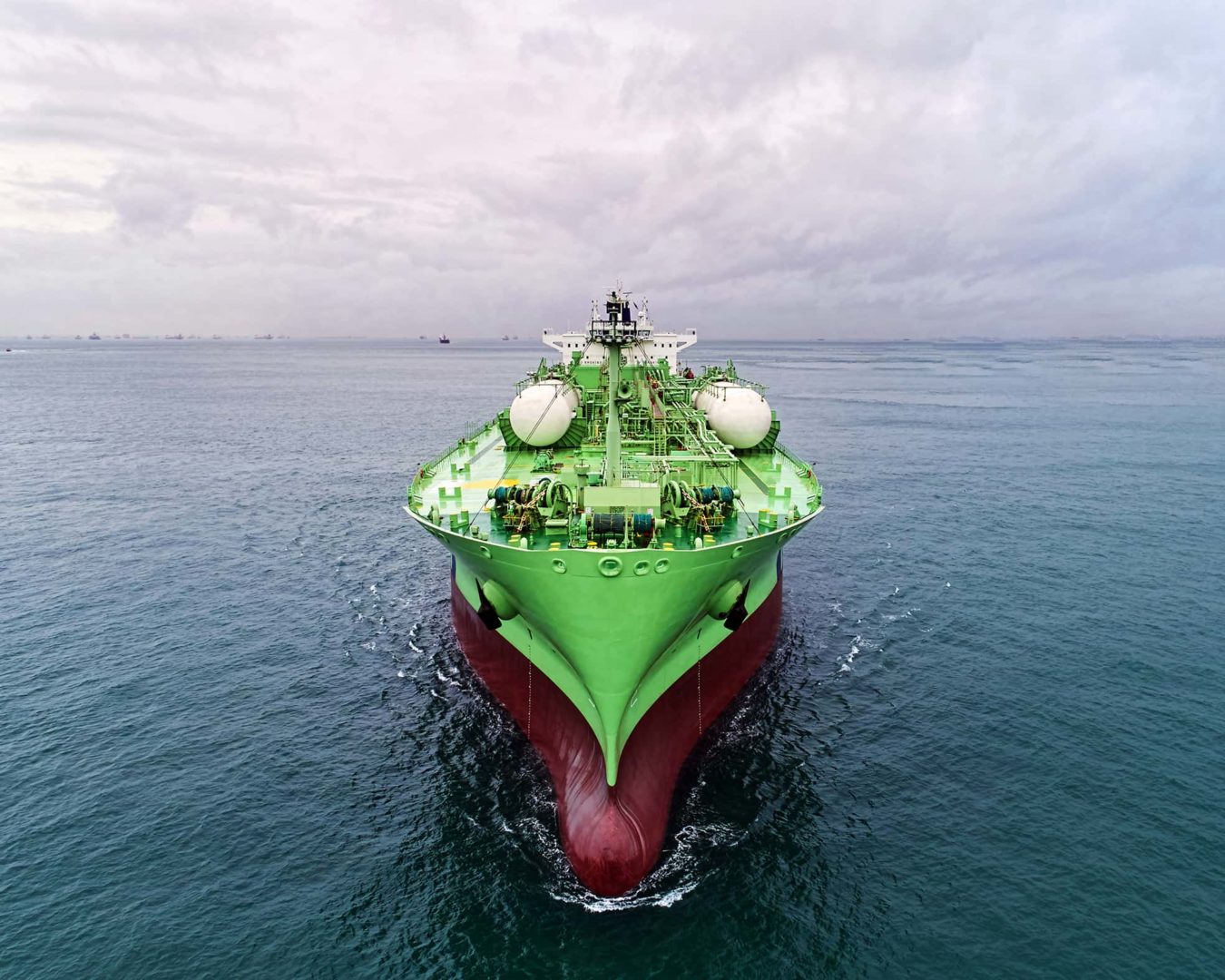
Sustainability Strategy and Governance
Guided by our Vision and Purpose, our sustainability strategy is based on three key pillars and are underpinned by our CARE values.
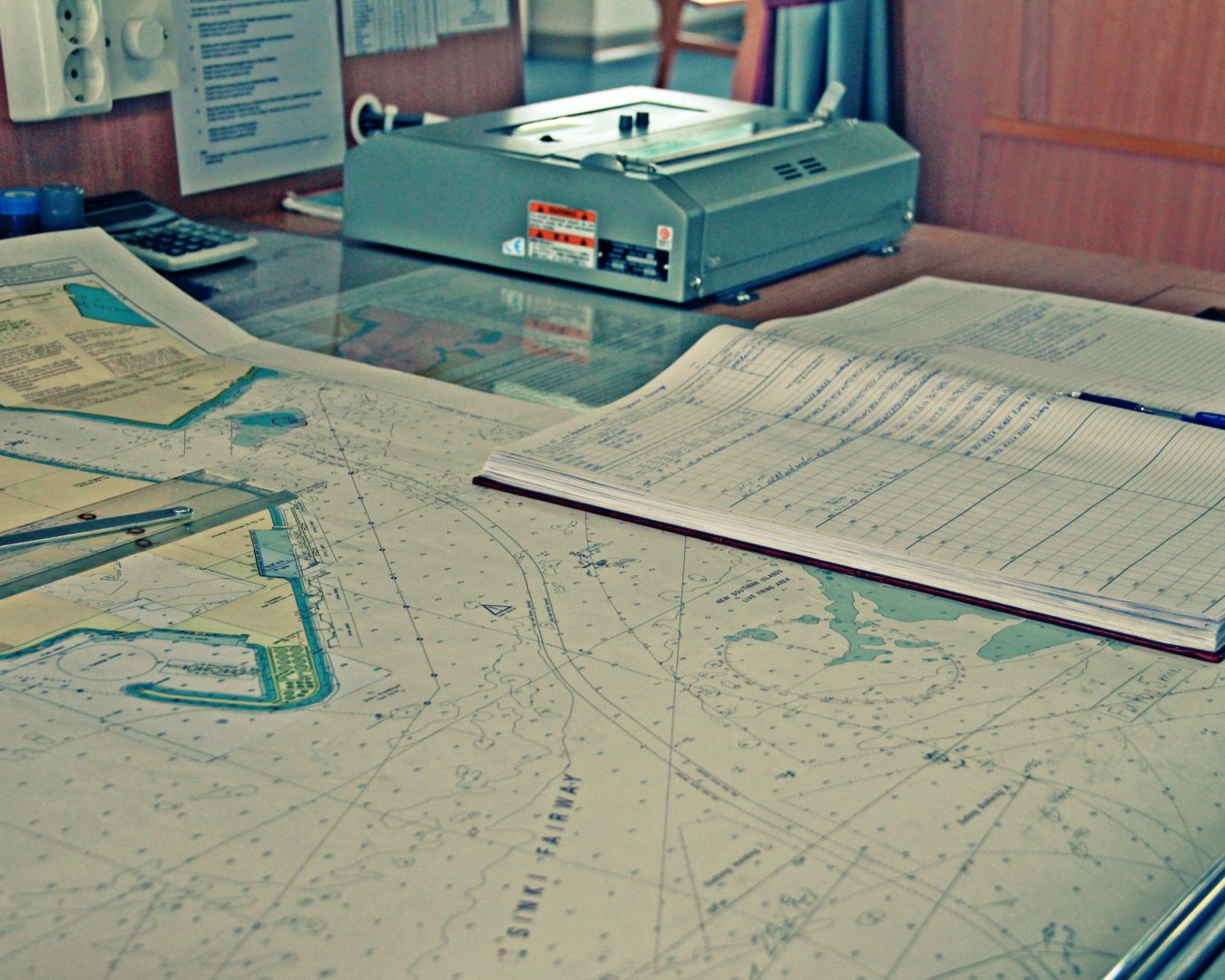
Targets and Performance
Committing ourselves to the transparent sharing of information on key ESG metrices so as to monitor our performance.
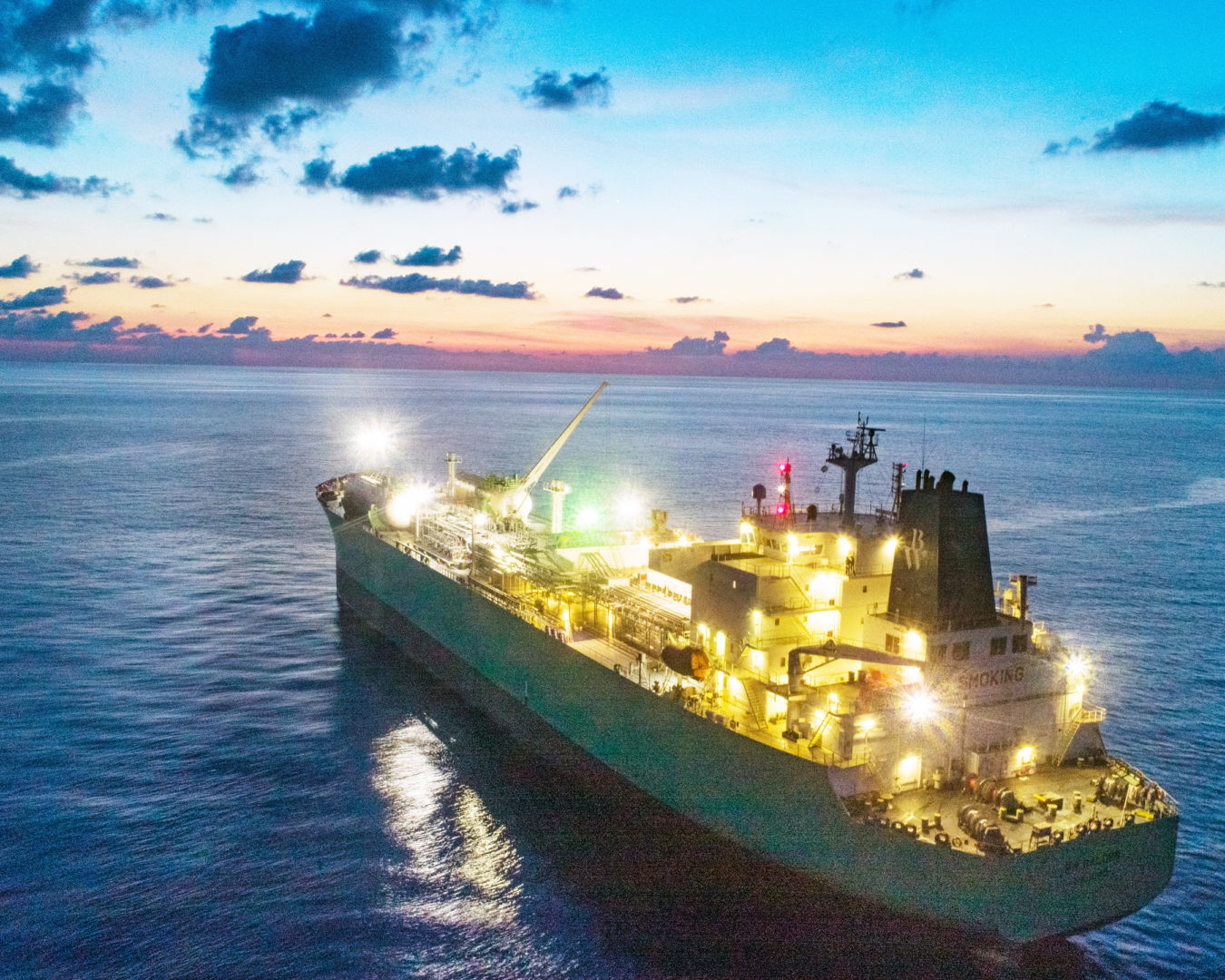
Policies and Guidelines
Communicating our standards for business conduct clearly and transparently through policies and guidelines.
